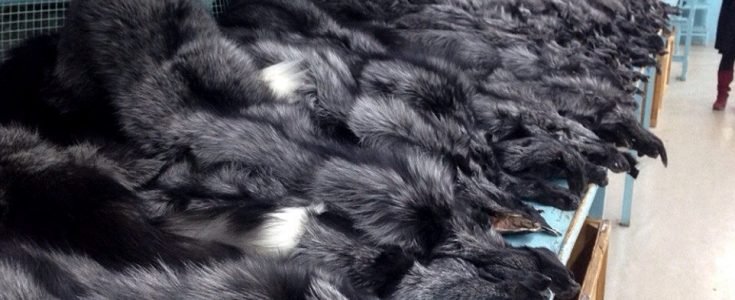Respect for Animals, Britain’s leading anti-fur organisation, has today launched its new campaign to kick fur off campus by unveiling a database of UK fashion college policies towards to use of fur.
Using Freedom of Information requests, Respect for Animals has contacted every university in the country running fashion courses, regarding the use of real fur and what, if any, policies are in place on the subject. This includes both the use of fur as a material by students and any co-operation agreements with sections of the fur trade.
The responses have been collated and published on our website, with each university given a degree-style grading according to their position in the use of real fur: the best colleges (those refusing the use of real fur backed up with a formal fur-free policy) receive a ‘First’, while other institutions receive a grading accordingly: 2.1, 2.2, 3rd and the worst rating, which is a FAIL.
Many people have a moral objection to the use of fur in fashion and this resource will allow potential students to make a fully compassionate and principled decision about their education and future careers.
More information, including access to the database, can be found here: https://respectforanimals.org/fur-free-fashion-courses/ .
Mark Glover, Campaign Director at Respect for Animals, said:
“The morally abhorrent fur trade must be consigned to the dustbin of history. There is no need for fashion courses to continue to use this product of cruelty, or to take blood money from the fur trade. Thankfully, many university departments have told the fur trade where to go, but there are others who continue to work with this morally bankrupt industry.
The future of fashion is fur-free. The fur industry has never improved animal welfare and never will. Meanwhile, fashion that rejects real fur continues to innovate in the most exciting ways- just look at Stella McCartney’s latest collection unveiled in Paris.”
Why is this important?
-The fashion colleges of the UK are the places where the top designers of tomorrow will come from.
-The fur trade is targeting UK fashion colleges, spending money, time and effort to persuade students and tutors that fur is an acceptable material to use.
-The fur trade does this using competitions, sponsorships, financial support, free gifts (such as machinery).
-The fur industry reports on its ‘co-operation agreements’ with fashion colleges in its promotional materials.
-Many of these co-operation agreements are not made public by the colleges themselves, which is why Respect for Animals is bringing this issue to light.
-It is clear that the cruel fur industry regards fashion students as key to their work. In 2019, the Fur Institute of Canada asked its supporters to bombard emails to staff at two universities which have banned the use of fur (Royal Academy of Fine Arts Antwerp in Belgium, and Parsons School of Design in New York), giving their reason as: “The future generation of big designers will come from those universities and if we don’t try and overturn those decisions now, then those designers will most likely not work with fur in the future.”
OTHER IMPORTANT INFORMATION
o Adopting the fur-free policy would mean the university receives a ‘First Class’ rating on the Respect for Animals database;
o Respect for Animals can support the enforcement of the policy by microscopically testing any dubious items free of charge;
o No necessary financial commitments required by the university;
o Many fashion colleges around the world have set a precedent for refusing cooperation with the fur trade and fur products ethical grounds;
o Many universities have already joined or are considering signing up;
o Good publicity for the colleges, helping to raise their profile further – especially for prospective students;
o Respect for Animals would be willing to issue joint press releases to local media and publicise the
university’s move with supporters and the ever growing animal welfare movement;
o Free access to official branding for use in promotions of markets;
o The fur trade is looking to expand its influence amongst student designers, so even if contact has not yet been made, adopting the policy means the university avoids ambiguity in the future.




